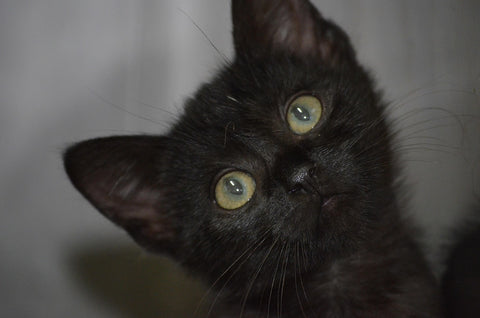There’s something undeniably charming about walking into a cozy bookstore and spotting a cat curled up in the window or a bird chirping softly from a nearby perch. Across the United States, independent bookstores are embracing a unique trend: welcoming animals as unofficial—or sometimes very official—members of the staff. From cats and chinchillas to cockatiels and geckos, these furry and feathered companions are becoming beloved fixtures in local literary havens. At a time when small bookstores are competing with digital giants, it turns out that bookstore pets might be more than just adorable distractions—they could be quietly boosting business. This delightful blend of books and animals is the focus of a recent article from The New York Times, which explores how bookstore pets are capturing hearts and, perhaps, helping to sell more books.

One of the standout examples is Wild Rumpus Books in Minneapolis, a children’s bookstore where animals practically outnumber the staff. According to the article, visitors might first notice Booker T. Jones, a tawny cat napping in the window, before discovering an entire menagerie inside. Dave, a 27-year-old cockatiel with a flair for dramatic coloring, shares the space with Mo, a Barbary dove, and a pair of chinchillas named Newbery and Caldecott—fittingly named after two of the most prestigious awards in children’s literature. The store is also home to Eartha Kitt, a sleek black Manx cat, and a crested gecko named the Stinky Cheese Man, who, true to his species, licks his own eyes. Even the bathroom features a whimsical touch: a tank of ten fish, all named after children’s book illustrators Mac Barnett and Shawn Harris.
It’s not just about novelty. The presence of pets in bookstores appears to foster a sense of warmth and community. Customers often return not just for the books, but to check in on their favorite animal companions. The article highlights how these pets become part of the store’s identity, drawing in regulars and newcomers alike. For example, at The Literary Cat Co. in Pittsburg, Kansas, three feline “employees” greet patrons, including the memorably named Scarlett Toe’Hara. Their presence adds a layer of personality and charm that’s hard to replicate in a chain store or online shopping experience.
From a business perspective, the strategy may be more than just a feel-good feature. While the article doesn’t delve into hard sales data, it suggests that the presence of animals can create a more inviting atmosphere, encouraging customers to linger longer—and perhaps make more purchases. It’s a subtle but powerful form of engagement. I found this detail striking: the pets aren’t just tolerated, they are woven into the brand and daily rhythm of the store. They’re featured in social media posts, included in newsletters, and even inspire merchandise. In this way, the animals become not just part of the environment, but central to the bookstore’s appeal.
Of course, integrating animals into a retail space comes with its own set of considerations. The article notes that the animals at Wild Rumpus coexist harmoniously, a testament to thoughtful planning and care. Ensuring the well-being of both pets and customers is paramount. The animals are clearly well cared for, and their presence is managed in a way that enhances rather than disrupts the customer experience. This balance is crucial. It’s not just about having a cute cat in the corner; it’s about creating a welcoming, inclusive space where animals contribute to the ambiance without overwhelming it.
There’s also a deeper resonance to the idea of animals in bookstores. Bookstores have long been sanctuaries for reflection, imagination, and discovery. Adding animals to the mix enhances that atmosphere, offering moments of connection that go beyond the page. A child might remember the book they bought the day they met a chinchilla named Caldecott. An adult might smile at the memory of a gecko blinking slowly from its tank. These interactions, while small, can be meaningful. They enrich the sensory experience of visiting a bookstore, making it a place not just to buy books, but to feel at home.
In a retail landscape increasingly dominated by efficiency and scale, the success of bookstores with pets speaks to a different kind of value—one rooted in community, character, and care. The animals are not just mascots; they’re ambassadors of a slower, more personal way of doing business. They remind us that sometimes, the best sales associates have four legs and a purr, or wings and a song.
The article from The New York Times offers a heartwarming glimpse into this trend, capturing the joy and gentle chaos that animals bring to the world of books. It’s a reminder that stories come in many forms—and sometimes, the most memorable ones begin with a wagging tail or a twitching whisker.











